Filipina Journalist Nana Buxani on the Timeless Magic of Film Photography
4 15 Share TweetFilipina documentary photographer, filmmaker, and artist Nana Buxani takes her time. Her profession has taught her perseverance. She is not interested in taking the perfect image but in finding the best way to present the context.
We recently had the opportunity to chat with Nana about her work. She showed us her collection of film cameras, pointed out the ones she's used and loved throughout the years, (including a Nikon F2, Leica M6 and a Rolleiflex TLR) and talked about stories both professional and personal, including her view on film photography for younger people, a recent documentary about the indigenous people of Mt. Apo in the Philippines, and the timelessness of film.

Born in 1966 in Mindanao, Nana grew up with photographs and movies, influenced by her father who kept photos at his office desk and loved film. She started her career as a photographer for newspapers and magazines in the Philippines in the late '80s, and eventually discovered what would be her life's work – making documentaries – after being assigned to make a photo essay on farmers' plight in Maguindanao.
She followed this path as an independent photographer, eventually landing significant roles which shaped her as a photographer, such as meeting and assisting Magnum photographer Philip Jones Griffiths during his shoot in Diwalwal, Mindanao in the Philippines, and likewise assisting photographer Sebastiao Salgado in his 21-day shoot in the country in 1999. She kept her friendship with Griffiths, emailing back and forth with him about advice and stories up until a few months before his death in 2008.
Throughout her career she has also undertaken assignments for various organizations, such as the International Labor Organization, Al Jazeera-English, OXFAM-UK, and Amnesty International UK, as well as foreign media agencies including Time Magazine Asia Edition on journalist killings, The Guardian UK, The New York Times and Bloomberg News. Many of her documentaries and collaborations have been exhibited all over the world, some even bagging awards.
She believes in women photographers, and their capacity to get the job done, having learned to navigate as one of the few females in her line of work when she started out.
Nana also believes in documenting things a person is passionate about. As a photojournalist, Nana covers humanitarian issues including child labor, children in detention, the plight of the indigenous people and war-torn communities, especially in her home country the Philippines where these issues remain prevalent.
“These are silent stories, there are many silent stories that have not been explored yet. It's not attractive in magazines sometimes but you have to find them. Later on you find that these are issues we are confronted with, you won’t be able to see it unless you look for it," she told us.
In Nana’s photos, a villager isn’t merely a villager, but one displaced by conflict between rebel groups and military forces, trusting the storyteller behind the lens. Her subjects often involve the marginalized, her stories packed not just with the realities of strife but also with culture and history, and integral to it, the hope for a better environment for her subjects. This is the case especially for children in labor which she has documented a few times over the years, some of them working in mines, ports, as farmers or garbage workers.
She has said people are drawn to different things, with her particular interest being the human condition. She likes immersing herself in the communities, getting to know their individual stories as they relate to the whole, even when she had to travel to far-flung communities and face hazards to be able to do so. In a flexible and unexpected profession such as journalism, she says the photographer has to adjust and learn on the go, master her equipment and remain curious.
"Documentary work requires persistence, it takes a lot of time and it challenges you, sometimes you question yourself...there's also the financial resources, or when no one wants to publish it."
Nevertheless, Nana is someone who appreciates photography in all of its applications. She notes that all assignments have their own difficulties and help shape the artist’s character by sharpening their instincts and challenging their artistic capacity. She said what matters is the intention behind the actions.
“People are different. Document what's closest to your heart because whether you have the resources or not, you will really do it because it's closest to your heart,” she said. “All of that is important to do. There are many ways to pursue photography, you just have to do it. "
And with the internet, she believes artists and journalists can make moves to market their own work and reach a wider audience compared to before.
She also believes in the power of film. Even though at some point in her career she decided to use digital cameras, she shared that nothing beats the feel of film.
“Photography is in a way liberating. It’s quite magical, especially film. That's how I felt during my first time shooting and accessing the dark room. It’s the same feeling until now,” she said.
Her belief in film translates to what she thinks its future will be. “I think there's so much room for all kinds of experimentation and there's a kind of freedom in shooting film especially for young people. I don't want to predict anything because they said film will be dead, but there are [still] lots of film manufacturers. Film has a different feel unlike digital, but you also have to remember digital is approximating film. There are cameras trying to mimic the grain of film, the movement,” she said.
Persistence and taking one’s time when telling stories is also important to her. It helps that she has extensive interests and hobbies, allowing her to bounce from one medium to another, no doubt incorporating the different disciplines to come up with a body of work that's as dynamic as it is piercing in its message.
“The only way to develop is to explore different mediums. In painting, when I'm done with pen and ink, I want to explore other things, painting on different surfaces. It's part of my practice, [exploring different] ways of expression. It’s part of my development, maybe as a photographer also.”
Asked about projects she still wants to pursue, she stays true to her interests and said she'd like to cover more social issues. On her list are health issues and of course, the culture and struggles of indigenous people.
At the time of our interview she was working on a documentary on the indigenous people of mount Apo in the Philippines, waiting for her colleague to return from a fellowship so that the shooting could resume. The documentary was eventually screened in Davao, Philippines, and covered the stories of indigenous people tapped by the local government to patrol mount Apo against illegal loggers and poachers.
She continues to make art, tell stories, and also often shares these on her Instagram, a platform that she thinks is empowering, especially for small artists with passion projects.
In between her career as a documentarian and being an artist, Nana generously shares stories and memories from these projects that remain ingrained in her.
In a post, she shares how she approaches documentary filmmaking and analogue photography:
At a talk last week, with young, energetic and quite inspiring students at one private school off Manila, I was asked if there were a lot of challenges doing documentaries. Yes of course all the time. Everything is a surprise, unpredictable, that makes it all the more like you are constantly on edge, at the same time, constantly thinking, even when resting.
I think it's a balance of not knowing, yet your gut feeling says it's going to be alright. Same thing with analogue, you really don't know what comes out, only after you see your negatives, then you start printing and see the image slowly appearing, taking shape. Yet I am not interested in a perfect image. I am interested in the context, the content it presents.
We'd like to thank Nana Buxani for sharing her stories and images with us! To know more and keep updated with her work, visit her website or follow her on Instagram.
written by sylvann on 2024-01-01 #culture #people #philippines #documentary #photo-journalism #nana-buxani
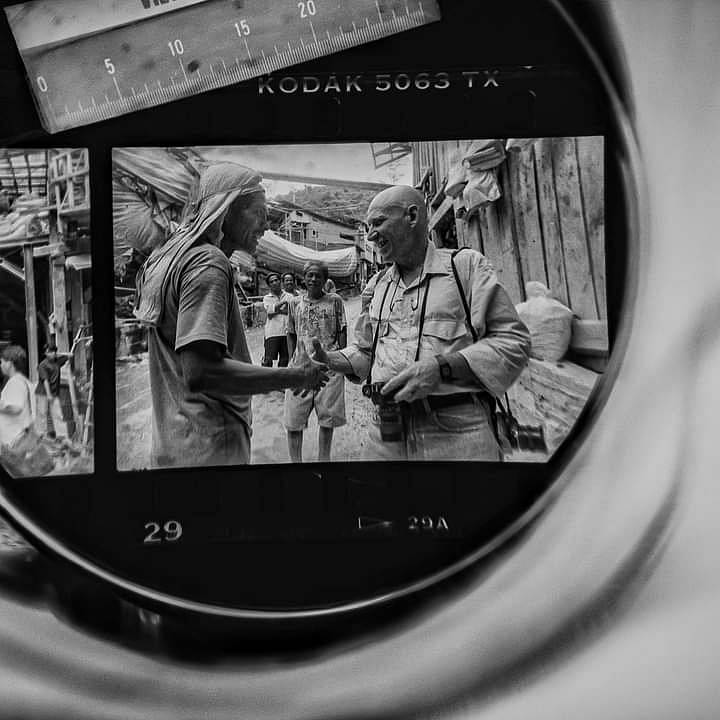

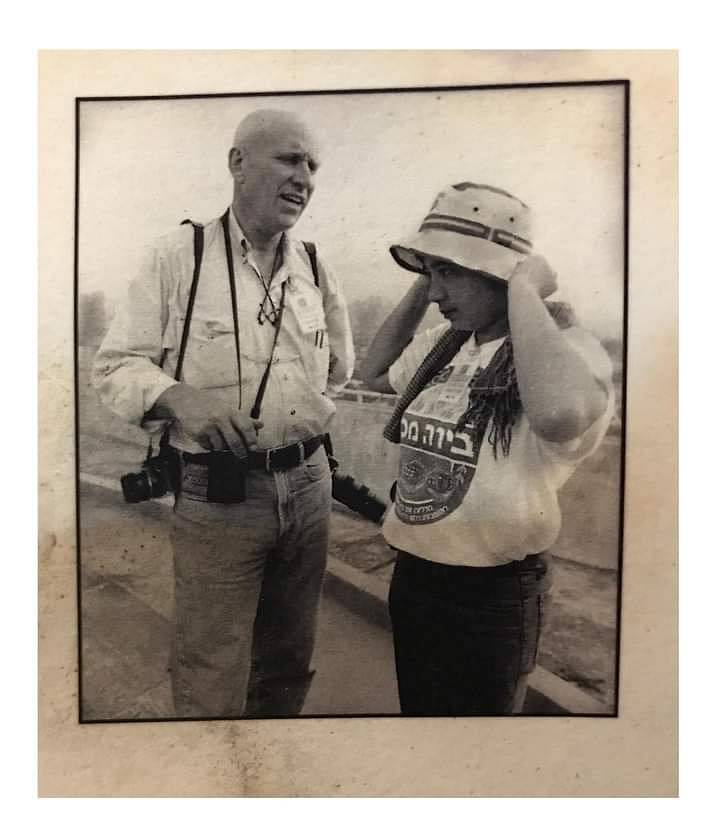

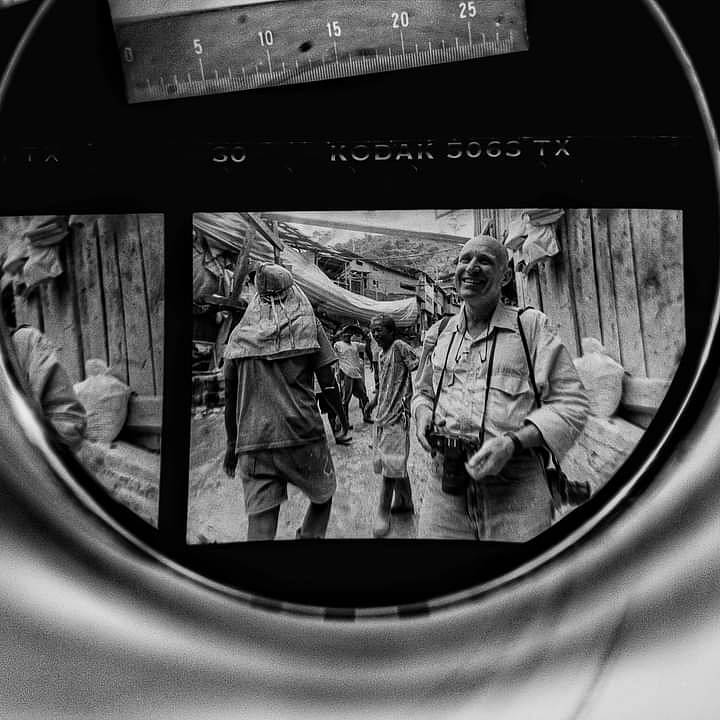
















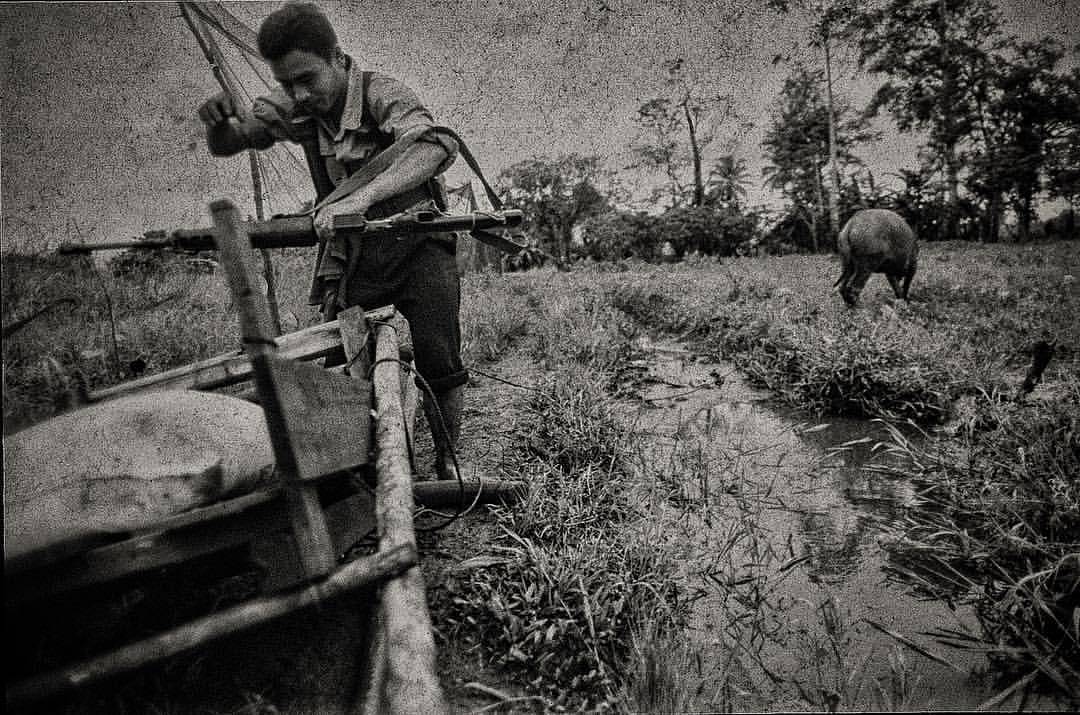


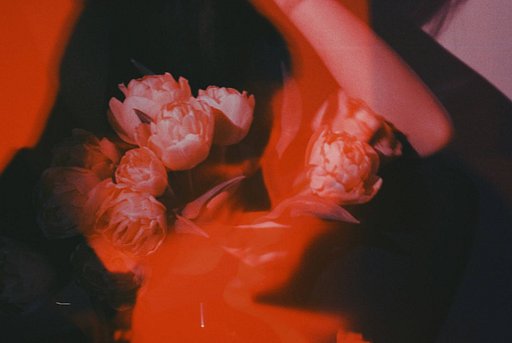















4 Comments